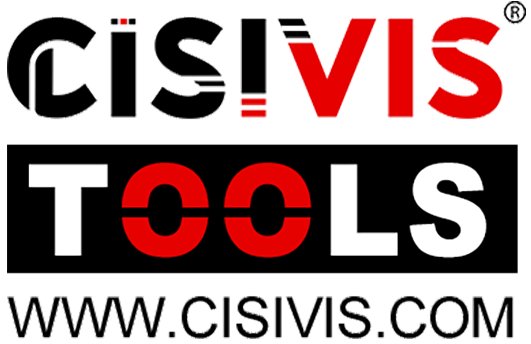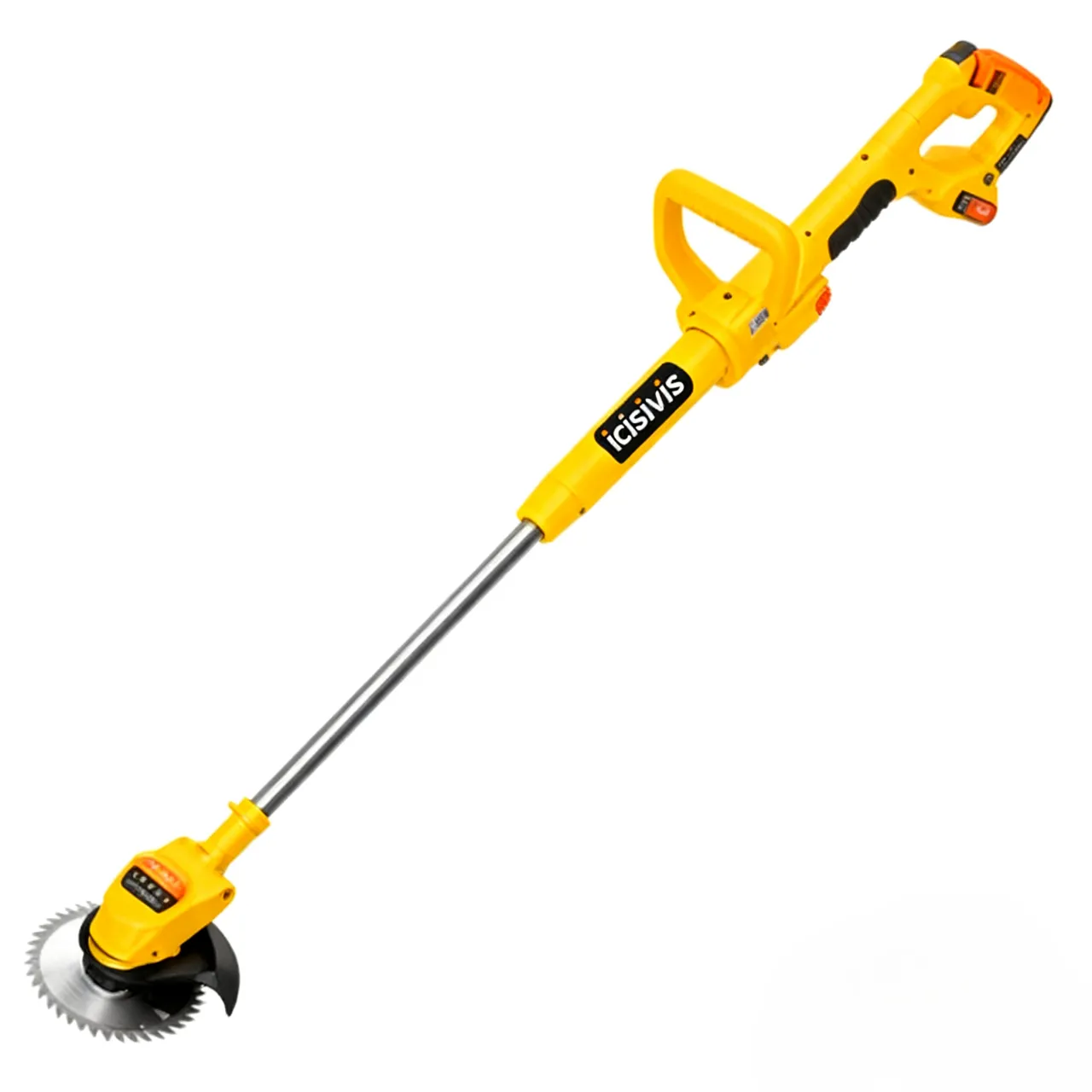Can You Mow Wet Grass? Safety Tips, Best Practices, and Lawn Care Solutions Leave a comment
Can You Mow Wet Grass? Understanding the Risks and Limited Benefits
Many homeowners wonder, can you mow wet grass? The short answer is: it is usually not recommended. Mowing wet grass can cause problems for your lawn, your mower, and even your personal safety.
First, wet grass tends to stick together and form clumps. These clumps can smother healthy parts of your lawn, blocking sunlight and airflow. Over time, this may lead to brown patches, mold, or fungal growth. Wet clippings can also clog the lawn mower blades and chute, forcing your mower to work harder and possibly damaging the machine.
Another major risk is slipping. Pushing or riding a mower on slick ground increases the chance of accidents, especially on sloped yards. Wet soil is softer, which can cause ruts from mower wheels and damage your lawn’s root system.
However, there are a few limited situations where mowing wet grass might be helpful. For example, during long rainy seasons, waiting for completely dry conditions might not be possible. In these cases, cutting grass at a higher setting can prevent it from growing too tall and difficult to manage later. Still, this should only be done carefully, and only when necessary.
Generally, if the grass is soaked, if there is standing water, or if the soil is muddy, you should not mow. It is safer and healthier for your lawn to wait for at least partial drying.
The Best Lawn Mower for Wet Grass and Safer Alternatives
If you must mow wet grass, choosing the right equipment makes a big difference. Not all lawn mower parts are designed to handle damp conditions.
The best option is a powerful mower with sharp lawn mower blades. Dull blades will tear wet grass instead of cutting it cleanly, leaving ragged edges that invite disease. A self-propelled mower with good traction is safer on slippery ground. For professionals or larger yards, a cordless or gas-powered mower with high torque works better than smaller electric models.
Here are some safety tips if you need to mow wet grass:
- Raise the cutting height. Set the mower higher to avoid clogging and reduce strain.
- Go slower. Moving slowly lets blades cut more evenly through damp grass.
- Clear the deck often. Stop frequently to remove wet buildup from underneath.
- Wear slip-resistant shoes. Proper footwear reduces the chance of falling.
Still, mowing is not the only solution. You can also manage wet lawns with alternatives:
- Trim problem spots with a string trimmer. This is useful for edges and small patches.
- Rake clumped grass manually. It improves airflow and prevents smothering.
- Use natural drying. Wait until later in the day when morning dew has evaporated.
In many cases, patience is the safest tool you have.
After Mowing Wet Grass: Cleaning and Maintenance
If you do mow wet grass, taking care of your equipment afterward is critical. Moisture can damage both the mower and your lawn if left untreated.
Start by cleaning the underside of your mower deck. Wet clippings stick tightly to the metal and plastic parts. Leaving them there can cause rust, corrosion, or poor airflow. Use a stick or brush to scrape them off safely—never use your hands near sharp lawn mower blades.
Next, dry the mower. Wipe down the outside, especially around moving parts, cables, and the engine. For cordless or battery-powered mowers, always remove the battery before cleaning. For gas mowers, check that fuel does not spill into damp areas.
Check all essential lawn mower parts, including the spark plug, filter, and wheels, to make sure moisture has not caused damage. If you notice dull blades, sharpen them before the next use to keep your mower efficient.
Finally, rake up leftover clumps from the lawn itself. Spreading them out allows the grass beneath to breathe and prevents fungal growth.
Conclusion: Smart Choices for Healthier Lawns
So, can you mow wet grass? Yes, but it comes with risks. Most of the time, waiting for drier conditions is the best choice for both safety and lawn health. When mowing wet grass is unavoidable, using sharp blades, the right mower, and proper safety steps can reduce the risks. Afterward, always clean your equipment and care for your lawn to avoid long-term problems.
At Cisivis, we are committed to providing reliable, durable power tools and lawn mower parts that help professionals and homeowners maintain their yards safely and effectively—even in challenging conditions.



